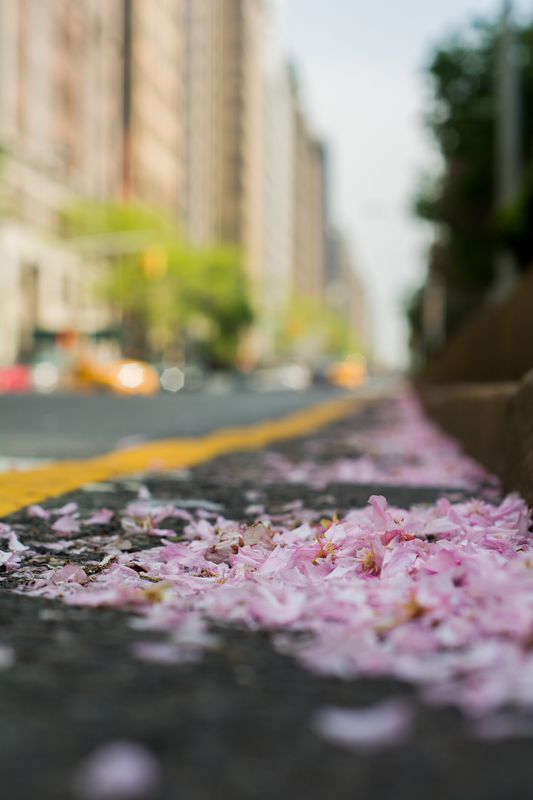
Click here to see the festival Trailer
by Alice Pfeiffer
Last week, the third edition of the fashion film festival ASVOFF (A Shaded View on Fashion Film), took place at Paris’ Centre Pompidou. Founded by pioneer blogger and patron of young fashion creatives Diane Pernet, the jury gathered figures ranging from actress Rossy de Palma, to cultural critic Elisabeth Quin and designer Manish Arora.
The film selection was equally eclectic, including films by Brian Adams (no longer a singer but a respected fashion photographer) and artist duo Léo Siboni and Suzy Q.
To non-fashion natives, two questions may arise: what exactly is a fashion film, and at one point did it enter the world of contemporary art (or at least qualify for the Centre Pompidou’s annual program)?
Over the past few years, the short, tightly edited fashion video has become a genre of its own: no mere commercial but video art with a sartorial inclination. Mainly such videos have screened online, at times as a complement to brands, at others as an independent art project. Directors including Martin Scorcese and Mike Figgis have been amongst the high profile names to dip their toes into the genre.
A quick glimpse at history proves that putting fashion on film is nothing new. The minute film was democratized, fashion photographers got their hands on the new toy and tried making editorial stories in the new medium. Erwin Blumenfeld, who shot Vogue’s first cover ever (previously hand-painted), was the first to experiment, although his work was perceived as too avant-garde at the time.
Short fashion films really took off when the boom of social media collided with the 2008 recession: all of a sudden, impoverished designers unable to afford a runway show decided to present their collections in an alternative way: 3 minutes, custom-made music, a hint of acting, and clothes in real motion.
In an interview, Diane Pernet told me, “in the beginning no one had any idea what a fashion film was. In the past few years the entire industry has picked up on the idea that the best way to express the atmosphere of their brand and to reach the widest audience without any sell-out date, was to produce a fashion film,” pointing out that “the luxury brands like YSL, Prada, Chanel picked up on this early on as did the lesser-known brands like Boudicca, Bernhard Willhelm, Jeremy Scott.”
Today, short fashion films are increasingly evolving into an accepted art form, in great part through ASVOFF’s efforts. This year’s grand prize winner, ‘I want muscle’ by Alisha Smith-Leverock, consisted of a short, stylish documentary of a female bodybuilder. The message seems to be, when observing contemporary fashion, one shouldn’t merely focus on clothes but look “in the sky, in the street” as Coco Chanel once famously said.
The development demonstrates the increasingly blurred boundaries between the fashion and art worlds. “Fashion film is a medium that demonstrates the increasing porosity between fashion and contemporary art,” said festival co-organizer David Herman, in an interview. The crossover is now frequent: Hussein Chalayan’s retrospective at the Musée des Arts Décoratifs, the Arnhem Fashion Biennial, and the migrating art-by-designers exhibition Dysfashional all are examples of this dialogue. Fashion is going far beyond the classical format of shows and often includes performances and installations.
Dianne Pernet said, “I don’t think there has ever been a better moment for a festival like ASVOFF than now.”
Alice’s writing has been featured by august publications such as the NY Times, Dazed and Confused, Le Figaro, Art in America, The International Herald Tribune, Vice, Vogue UK, and many others.




